For someone who loves leopards so much, I have a confession — I cannot actually remember the first time I saw a leopard. It was most likely when I was very young, many decades ago, when we used to go on family safaris in Kenya — the days when there were more animals than people in the National Parks. The leopard now holds such a special place in my heart, that for the last ten years or so, I remember every leopard sighting in crystal-clear detail, despite having an average of more than 100 sightings a year! An animal so beautiful that even God decorated it with rosettes; surely this is a sign?
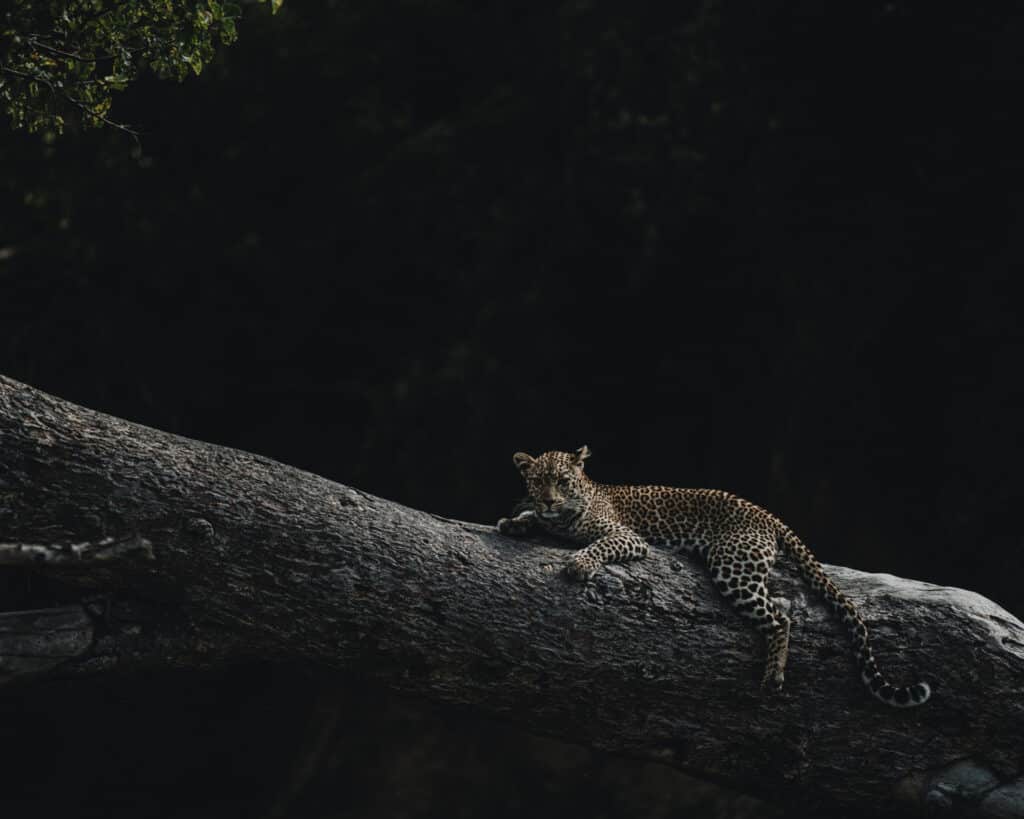
Why is it that when we look for leopards, it is always so hard to find them and we always struggle? Some of the telltale signs are there; the cinema buttery popcorn smell of their urine, the scratch marks on the bark of the tree, the vervet monkeys howling, or the guinea fowls on the ground screeching. But no leopard, no matter how hard we look. We can feel their presence in the air — we just cannot see them. Leopards are so secretive and elusive that they will only let you see them when they want to, never the other way round.
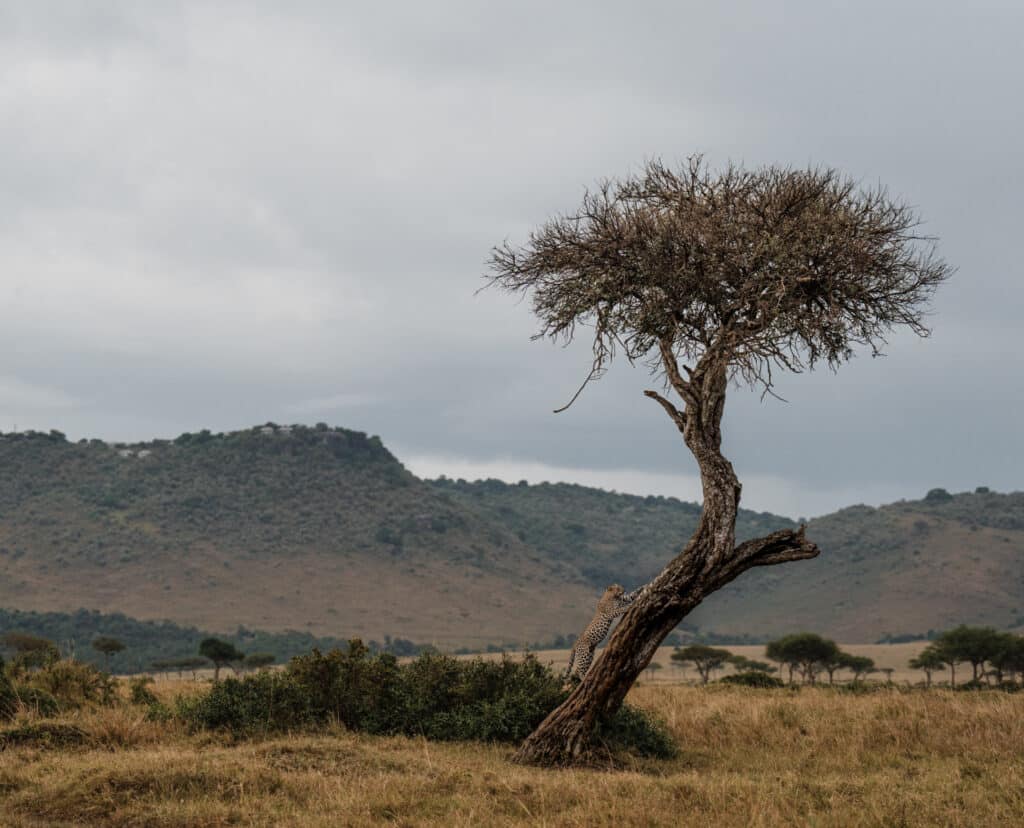
I can only imagine how many times we have driven past leopards and they have seen us, but we have not even had a single glimpse of them. The innate drive within us that wants to find the invisible ghost heightens all our senses. We then readjust the limits of our senses infinitely to try and find these phantoms of the forests. Sometimes, if we are lucky, we get the telltale dangling tail, or hanging limbs from the tree, but more often than not, there is nothing to be seen.

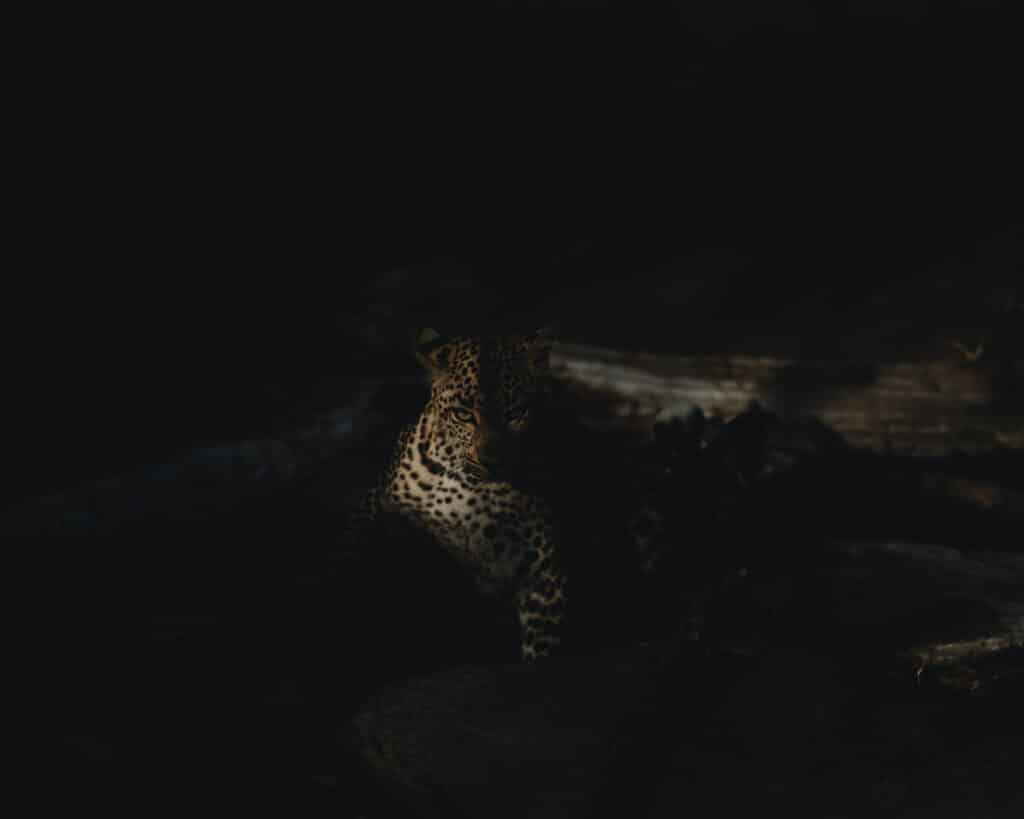
When I see her, the leopard will maybe only give me a fleeting glance — sometimes not even a full minute in a whole day. What is the attraction then? How can God create something so beautiful but then choose to hide it most of the time? Why do I keep searching for them? Why do I keep going back? Because that little bit of time that I get to spend with them, I get goosebumps. I achieve this higher state of mind where it is peaceful and meditative — it is hard to explain.
There is something extremely special about these ephemeral moments where my eye sends an electric pulse to my brain, which it translates so eloquently, depicting all the small details of the dappled golden light that finds its way through the undergrowth and highlights the deep jade green eye of the leopard for that one second whilst it stares at me so seductively. Whilst my brain is still sending dopamine to the rest of my body, she has turned her back on me and disappeared instantaneously. Just like that. Maybe she did not want me to see her. Maybe she did. I will never know.
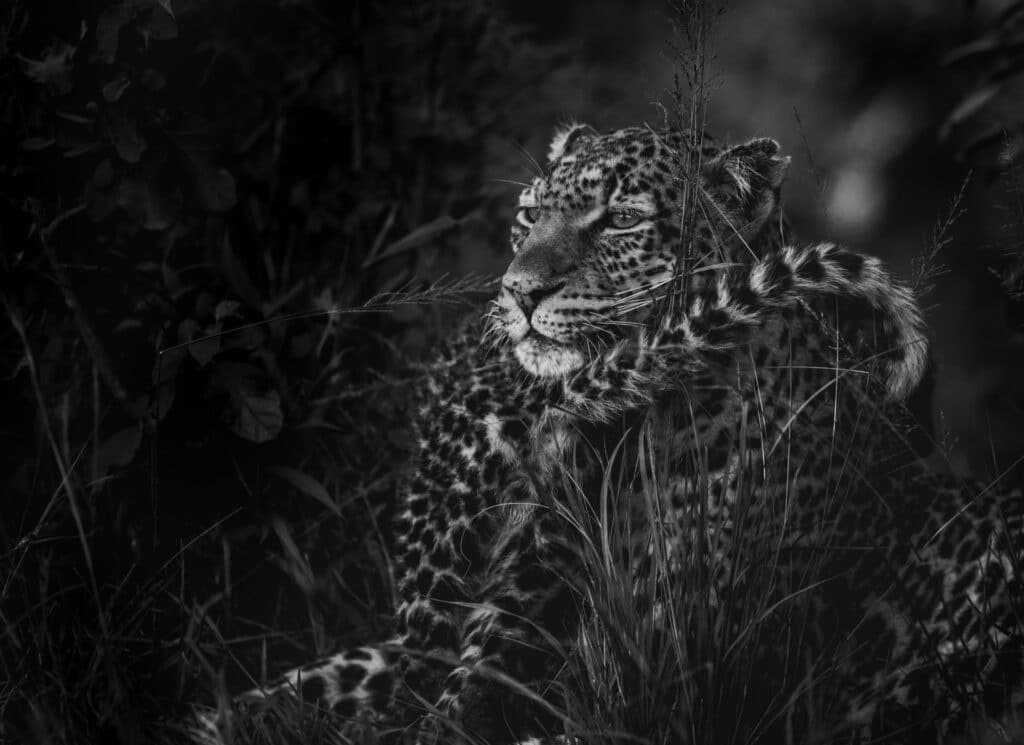
No two leopards are the same. Just like us, each one has its own very special character. And the more time I spend with them, the more I am learning about these unique behaviours and characteristics.

I have photographed a lot of stages of a leopard’s life — newborns to very old leopards, fights, kills, mating — the whole lifecycle. I get asked a lot about what type of leopard sightings I enjoy the most. It is a tough question, but I think it has to be the interaction between a leopardess and its cub(s) that always gets my emotions into overdrive.
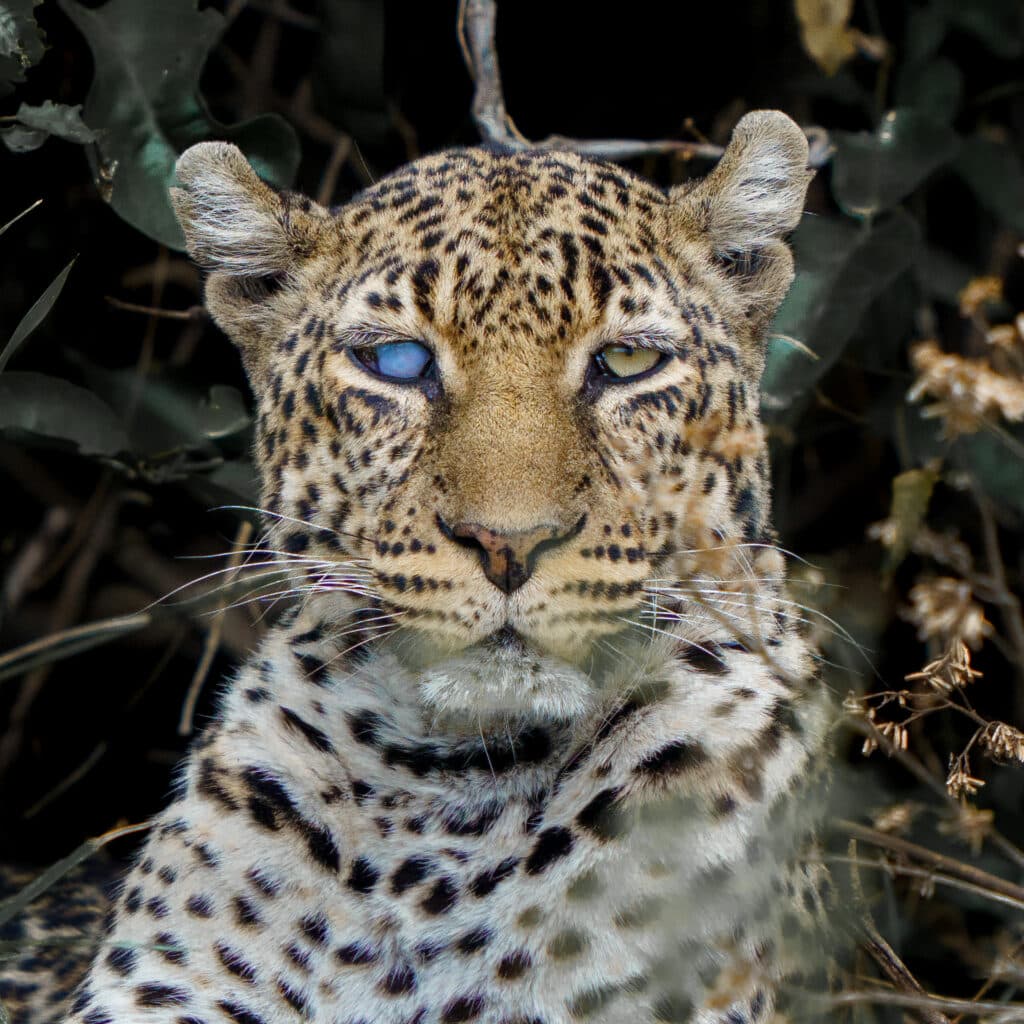

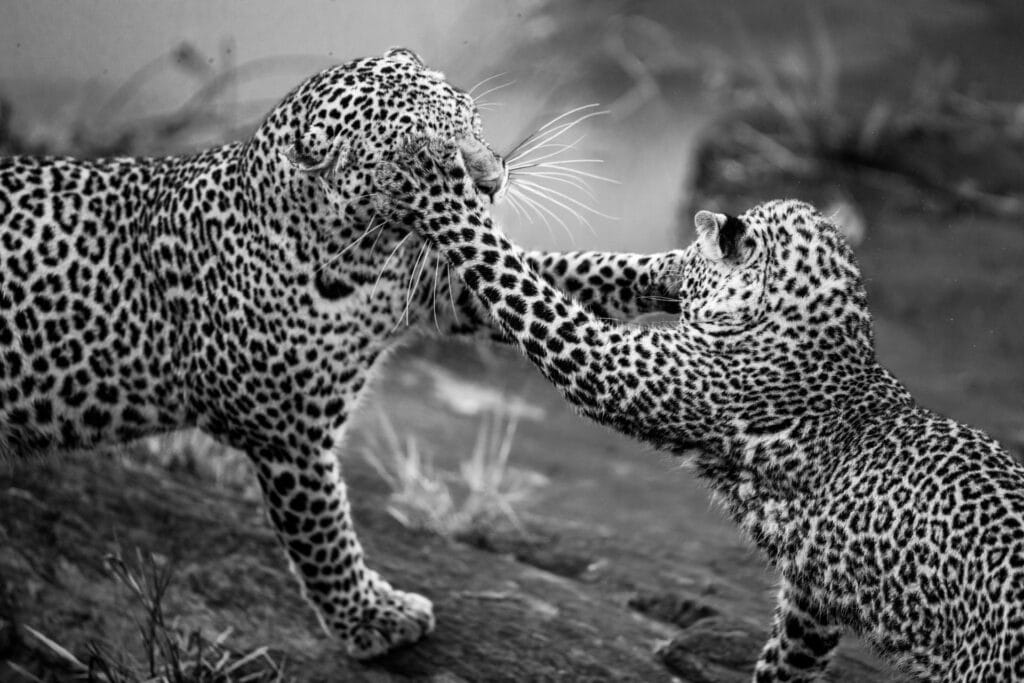
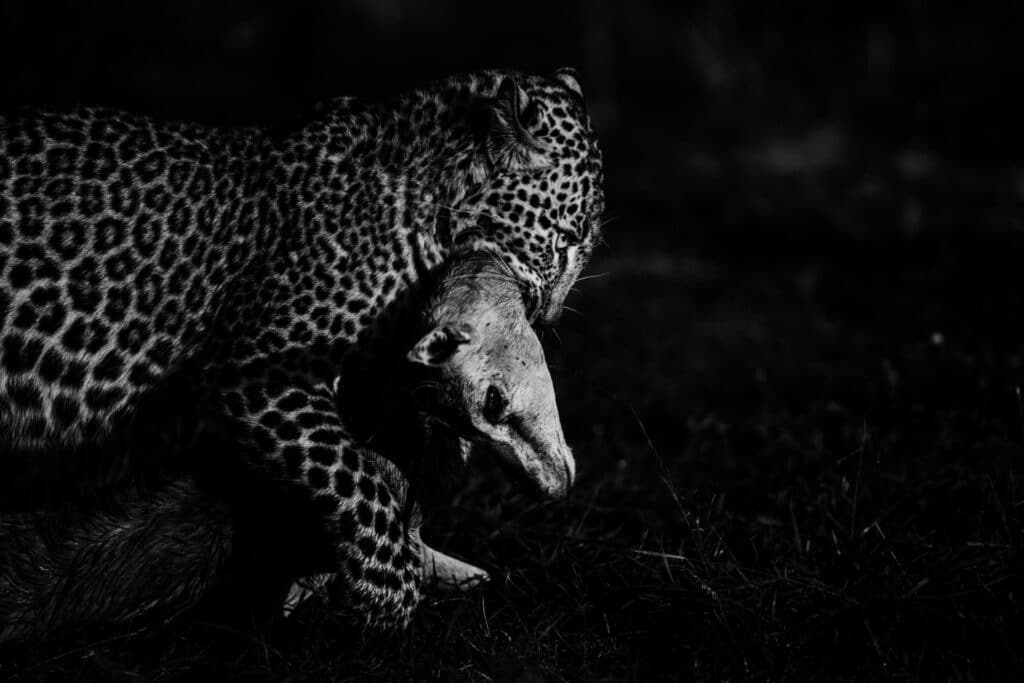
There are some things that we will never understand in the natural world, and there are also some things that are so far from our ‘normal’ way of living that they surprise you — but eventually you learn to accept them. And one of those things is the relationship a leopardess has with her cubs. It is arguably one of the most complex leopard interactions to photograph.
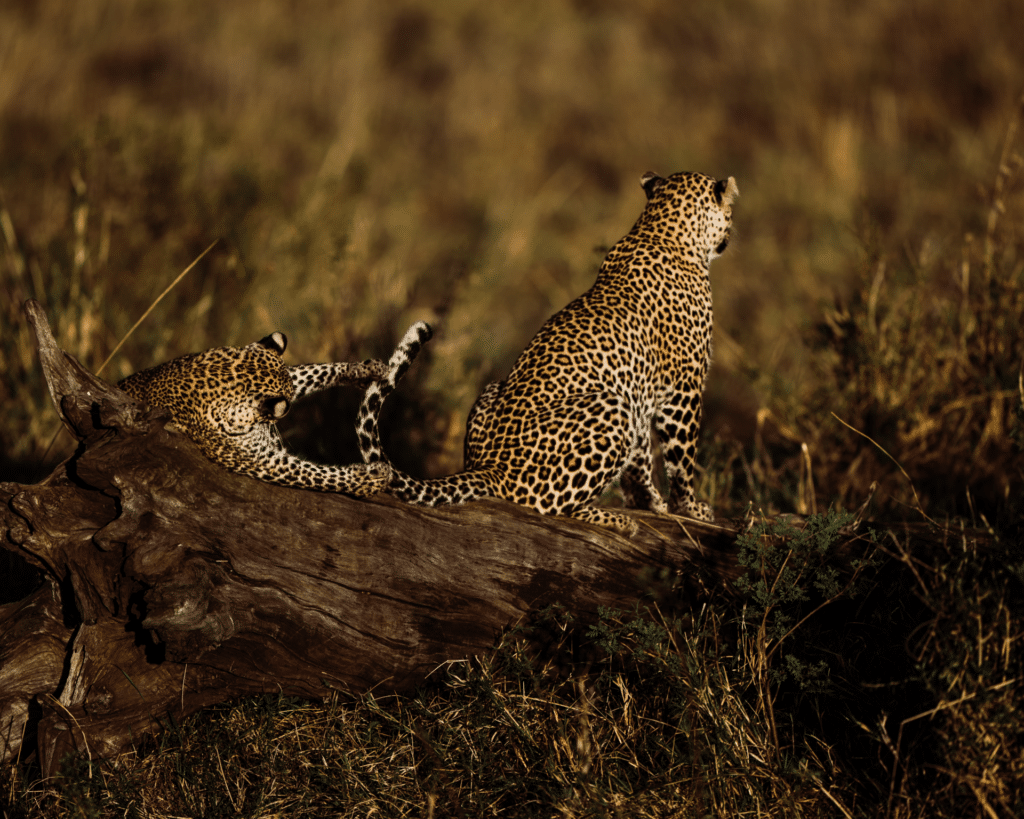
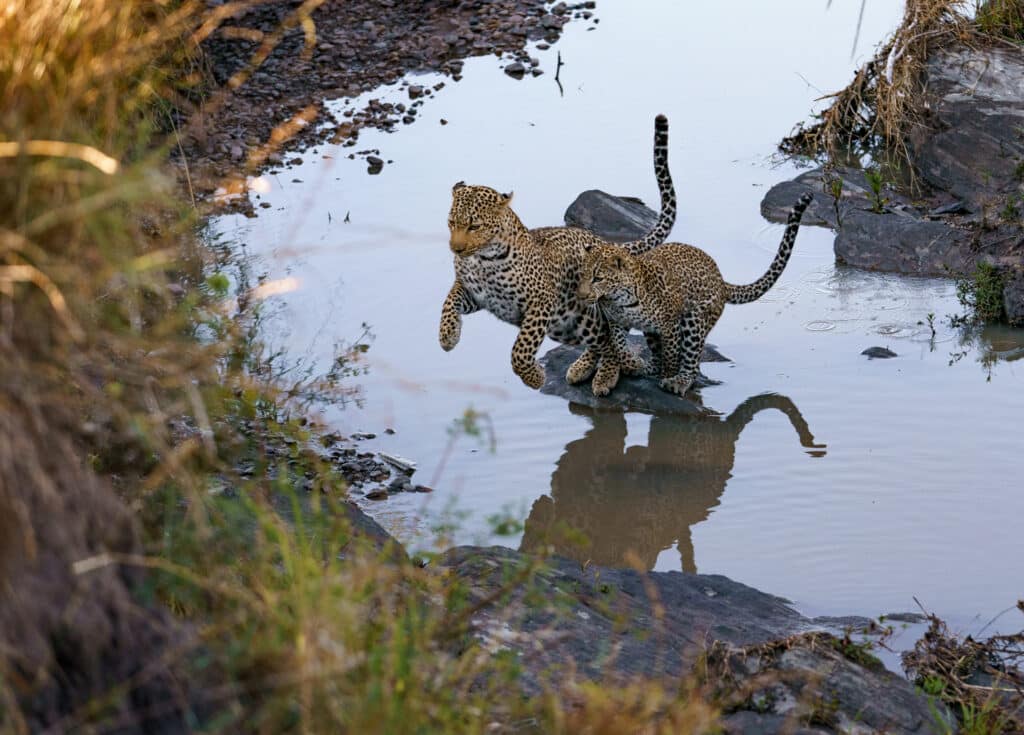
From birth, she cares for her offspring with unparalleled affection — nothing should come between her and her cubs. The mutual love that is displayed by the mother and cubs seems eternal. However, this is not the case. A few months later, we often get sightings where it would appear that the mother and cub are fighting, however she is just teaching the cub some vital lessons to get by for daily life — stalking, pouncing, the death roll. She has to be the best teacher in the wild to prepare the cub for the next stage in life.

Then it gets really serious — the same leopardess will now fight her offspring for territory before the cub is two years old — sometimes extremely violently, ending in serious injury. Watching leopards through this myriad of emotional behaviour is mind-blowing and phenomenal to document.
I continue learning so many things from this beautiful cat, and sometimes the oxymoron of this very concept is baffling — how can we learn things from a creature who cannot even talk to us? One of the biggest life lessons I have learnt from spending so much time with leopards is that of actually living life, rather than just passing through it.
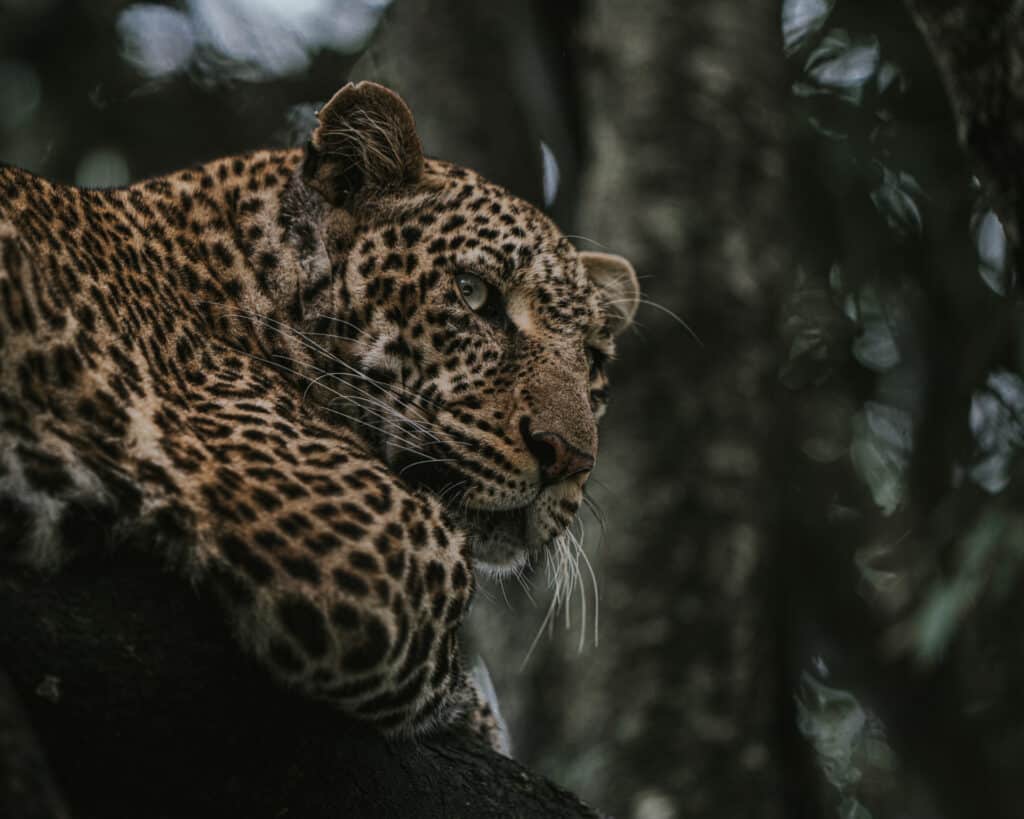
From the time we are born we are programmed to live our life on a strict schedule: eating times are controlled, sleeping times are controlled, socialising times are controlled — almost every moment of the day is planned and meticulously executed against a pre-mediated schedule. Watching leopards while away the entire day, daydreaming in a tree or caressing their offspring has taught me the joie de vivre of being able to enjoy what I am doing in the present, and being in the moment, rather than worrying about a long schedule of monotonous events for the day. It is astonishing how an animal can do that to you!
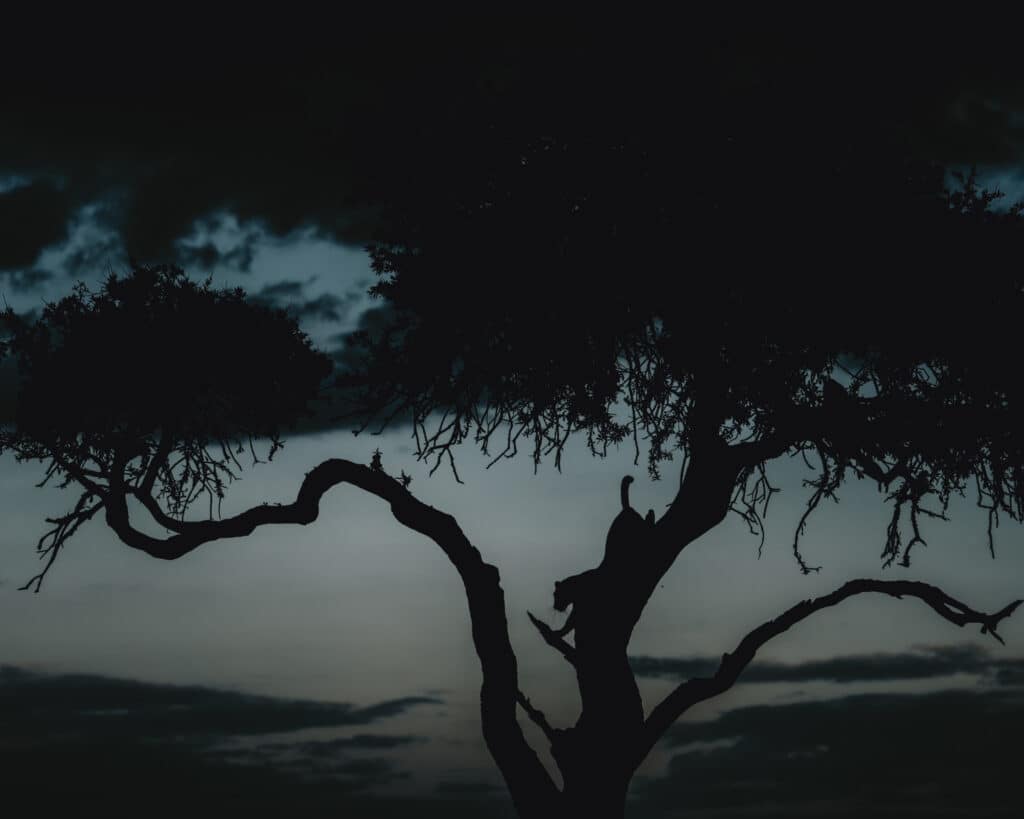
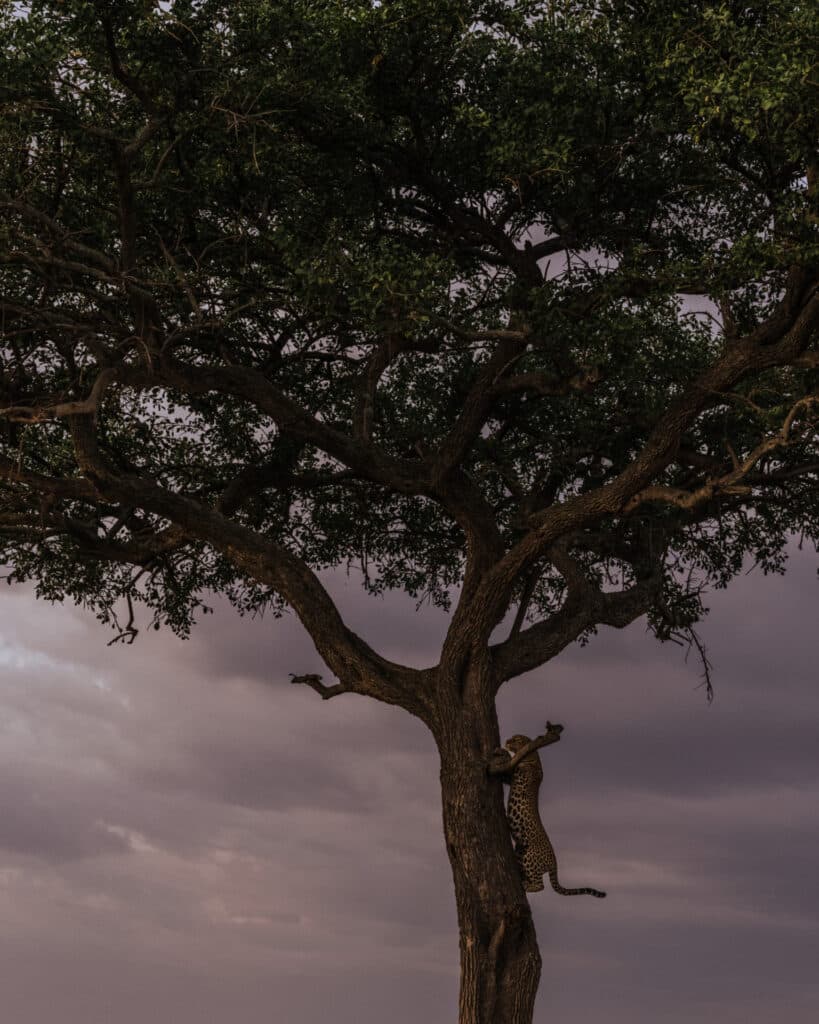
With the number of leopards dwindling due to various reasons such as human-wildlife conflict, poaching, trophy hunting, and the illegal pet trade, we have to do whatever we possibly can to help this extremely delicate situation that we have forced the leopard into. The more we understand about them, the more ways we will discover to help them survive the wrath of man.
All animals are created equal, the leopard just a little bit more.
Photo credits: Pareet Shah